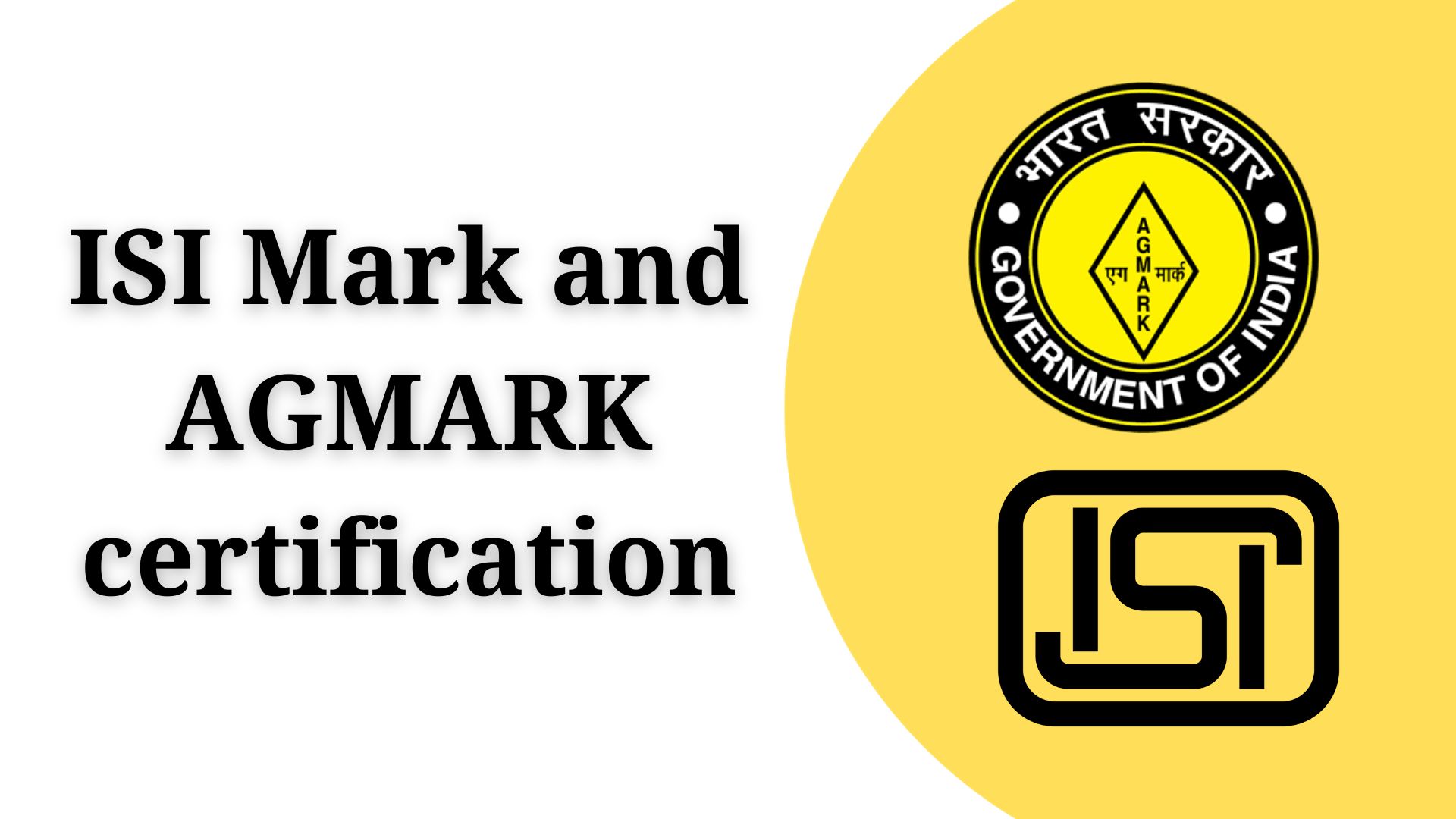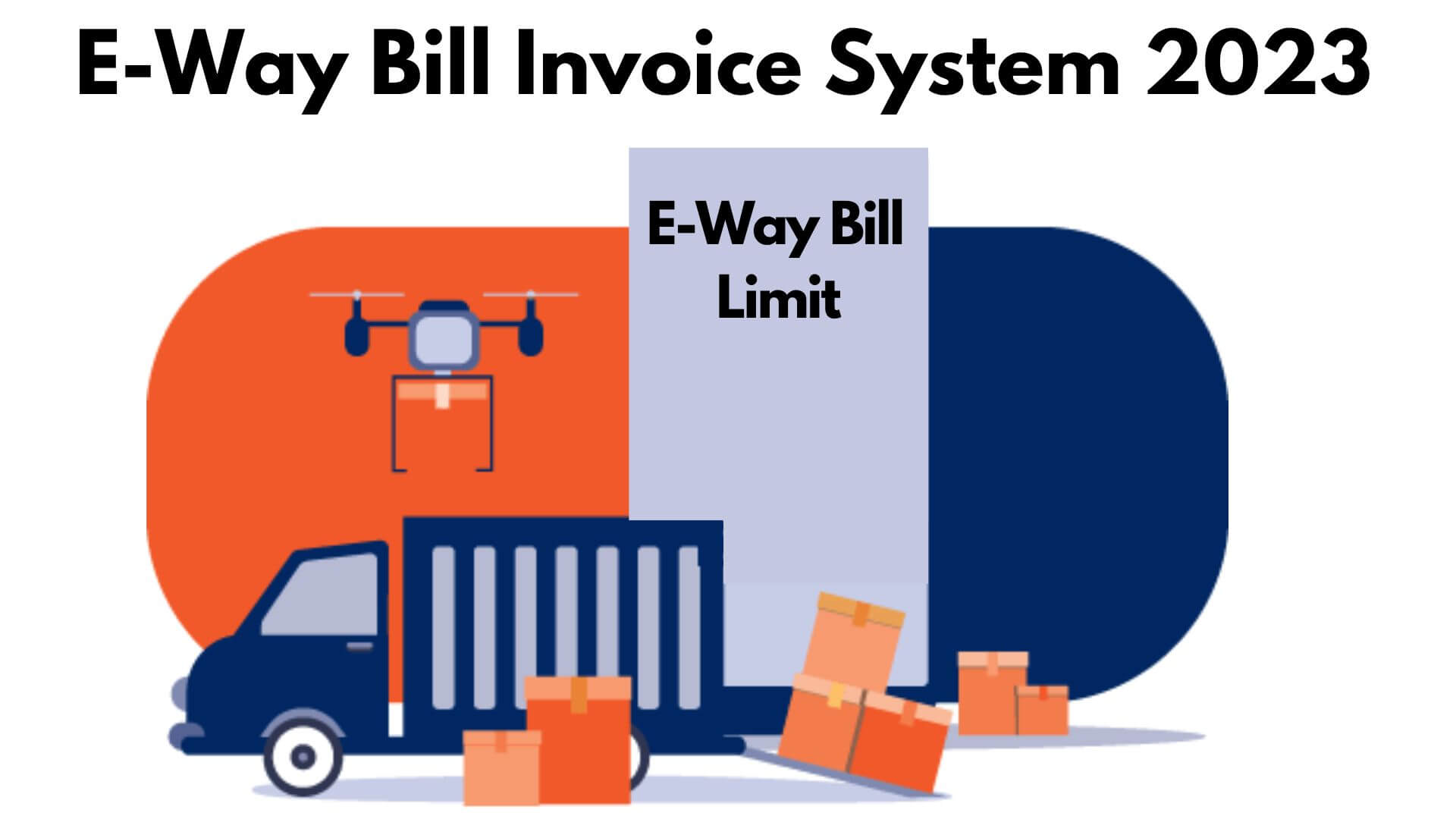Trademark Assignment
Trademark assignment is defined as the part of transfer of ownership of a trademark from one party to another. Trademark Assignment happens whenever the ownership rights of such trademark or brand, is transferred from one owner or party to another person. This can be done be with or without the goodwill of the business.
Package Inclusions:-
- Deed Drafting
- Application for Trademark Assignment
- Latest Update
- Follow-ups with concerned Government Department
How to Start a Trademark Assignment

Overview
A trademark is simply the name of your business. Trademark is involved in the name of the business itself, a logo or a “combined mark” that covers both your business name and the logo related to that. Like any other property or asset, the owner of the trademark (the assignor) has the right to sell, license or transfer the same. The transfer of trademark is possible thorugh the Trademark Assignment Agreement or Trademark Licensing. The current article basically explains the term trademark assignment along with its advantage, types of trademark assignment, pre-requisites and procedure of trademark assignment.
Trademark Assignment
Trademark is an intellectual property and like any other asset, the proprietor of a trademarks has the authority or power to sell, license or transfer the owned intellectual property. Such transfer can be made through Trademark Assignment or through licensing.
Whenever a trademark is assigned, there is some sort of variation in the ownership of the registered brand. But when it is licensed, the benefits related to the trademark continue to vest with the buyer but only a few qualified rights are given to the third party. This assignment can be done with or without assigning the goodwill of business. In case of a registered trademark, such as assignment is required to be recorded in the Register of a trademark.
Some of the advantages of the trademark assignment (concerning both the owner and the buyer) are listed hereunder-
-
The trademark assignment enables the owner of the trademark to en cash the value of his brand.
-
With the help of a trademark assignment, the assignee can obtain the rights of an already established brand.
-
The assignment of the trademark supports both the assignor and the assignee to expand their respective business.
-
In case of any dispute, the trademark assignment agreement would enable the assignor or the assignee to establish the legal right.
Trademark Licensing
The licensing of a mark is to allow others to use the mark without assigning the ownership and the same may be done for all or some of the goods and services covered. The Trademarks Act does not mention the term 'License', the concept under the Act is mentioned as that of a 'Registered User'.
Trademark licensing is advantageous to both the parties. While the licensor enjoys its rights to the mark by getting the royalties for its use, the licensee is able to expand its market operations by using the brand and developing its reputation.
In case of Licensing, the licensor is open to license the rights over the trademark in manner it may like. The Licensor can restrict the rights of the licensee in a trademark or brand with respect to the products or services wherein the licensee can use such brand, with respect to time for which it can use such mark, with respect to area within which it can use such mark etc.
Statutory Definition of Trademark Assignment:
Section 2(1)(b) of the Trade Marks Act, 1999 “Assignment” means an assignment in writing by the act of the parties concerned;
Who Can Assign a Trademark?
As per section 37 of the Trade Marks Act, 1999, the person entered in the register of trademarks, as the proprietor of a trademark, shall have power to assign a trade mark and to give effectual receipt of for any consideration for such assignment.
Assignability of Registered or Unregistered Trademark:-
As per section 38 of the Act, a registered trademark can be transferred with or without the Goodwill of the business concerned either in respect of all the goods or services in respect of which the said trademark is registered or of some of the goods or service.
Moreover, as per section 39 of the Act, an unregistered trademark may be assigned with or without the Goodwill of the business concerned.

Types of Trademark Assignment:
There are four types of trademark assignments-
-
Partial assignment,
-
Complete assignment,
-
An assignment with Goodwill, and
-
An assignment without Goodwill / Gross assignment.
All the four types of trademark assignments are briefly explained here as follows-
1. Partial assignment: Under the partial assignment, the assignor transfers only limited ownership with regard to specific products/ services.
2. Complete assignment: Under the complete assignment, entire rights with respect to the registered trademark are transferred by the assignor to the assignee.
3. An assignment with Goodwill:
Where an assignor assigns to the assignee, the value, rights and entitlements also, as associated with a trademark with respect to the goods or services already in use by the assignor. After taking over the goodwill associated with the trademark, the assignee is free to use the trademark assigned to him for all goods or services including for the goods or services which were already in use by the Assignor. Such assignment is called assignment with Goodwill of Business.
For Example:
Mr. A is the owner of a trademark “TM” who is already using the said trademark “TM” in relation to clothing and footwear. Mr. A assign to Mr. B the said trademark “TM” through an agreement (in writing) in relation to clothing and footwear along with the Goodwill associated with trademark “TM”.
In this case, Mr. A has also assigned to Mr. B, the Goodwill associated with trademark “TM” for the business of clothing and footwear as well as for other goods or services. Therefore, Mr. B is eligible to use the said trademark “TM”, for clothing and footwear including other goods or service dealt by Mr. B.
4. Gross assignment or Assignment without Goodwill:
assignment, while transferring the trademark, the assignor will restrict the buyer’s right. The assignor here restricts the buyer from using a brand of the product which is already being used by the assignor. In nut-shell, the goodwill attached to the brand is not transferred to the assignee.
Where an assignor assigns to the assignee, the right and entitlements in a trademark with respect to the goods or services which are not in use by the assignor. In other words, where the assignor restricts the assignee with a condition that the assignee is not entitled to use the trademark assigned in relation to the goods or services already in use by the assignor. Such assignment is called assignment without the Goodwill of Business.
For Example: Mr. A is the owner of a trademark “TM” who is already using the said trademark “TM” in relation to clothing and footwear. Mr. A assign to Mr. B the said trademark “TM” through an agreement (in writing) in relation to goods or services other than clothing and footwear without assigning the Goodwill associated with trademark “TM”.
In this case, Mr. X has not assigned to Mr. B, the Goodwill associated with trademark “TM” for the business of clothing and footwear. Therefore, Mr. B is not eligible to use the said trademark “TM”, for clothing and footwear. Thus, in case, Mr. B wishes to use the said trademark “TM” in relation to other goods or services then he will be required to create separate Goodwill for trademark “TM” for such other goods or services dealt by him.
Requirements/ Checklist for Assigning Trademark
Assets to be assigned
-
Pending trademark applications.
-
Issued trademark registrations.
-
Goodwill.
-
Associated marks, applications or registrations.
-
International registrations.
-
Common law trademarks.
-
Names of living or deceased individuals.
-
Domain names, email accounts, social media or website accounts, etc.
Execution requirements
-
Signatories.
-
Witness.
-
Notarization.
-
Legalization.
-
Execution date and place.
-
Power of attorney.
Process for a Trademark Assignment
The process of assignment of trademark happens when assign or transfer of intellectual property rights to another person is done with or without goodwill. Assignee, he is the person who becomes qualifies by the assignment of certified trademark, he or she should apply for the trademark assignment in the designated manner. The various steps should be followed for the completion of the process of Trademark assignment. The steps are as follows;
-
An application of a trademark assignment shall be made in Form ™-P by the assignor or assignee or both can make a joint request to register assignee as a subsequent proprietor.
-
Apply with the registrar of a trademark within six months from the date of procurement of the proprietorship. The application can be filed later, but the requisite fee may vary accordingly.
-
In case of assignment without goodwill or assignment of a certified trademark, the regulation from the registrar of trademarks is needed before the expiry of six months from the date on which assignment is delivered or within the extended long period which is provided by the registrar.
-
Advertise the assignment in such a manner and within such a period as the registrar may direct.
-
A copy of the direction of the registrar and advertisement of the assignment must be submitted to the office to make sure that the directions have been followed accordingly or not.
-
On the receipt of the trademark assignment application and documents required, the registrar after perceiving satisfied shall register the assignee as the proprietor of the trademark and the specifications of the assignment to be recorded in the register.
Restriction on Assignment of Trademark:-
1. Parallel use Restriction: Where assignment results in creation of exclusive right in different persons, in relation to same or similar goods or services and the use of the trademark will be likely to deceive or cause confusion. Thus, multiple exclusive right in relation to same or similar goods or services, in different person is not allowed. This prevents the parallel use of a trademark by more than one person concerned in relation to same or similar goods or services. (Section-40)
2. Multiple Territorial use Restriction: Where the assignment results in creation of exclusive right, in different person in different parts of India, in relation to same or similar goods or services. Thus, assigning of scattered right in different parts of India is not allowed. (Section-41)
Who Can Register Trademark Assignment?
-
Under section 45, A person (subsequent proprietor) who became entitled by the way of assignment, shall apply for registration of assignment before the Registrar of trademarks.
-
The Registrar shall enter the details of the assignee (subsequent proprietor) as the proprietor of the trademark assigned to him in respect of goods or services for which the assignment has been made, after due satisfaction of the Registrar of trademarks, (under section 45).
-
Under section 45, whenever the validity of assignments is in dispute between the parties, the Registrar may refuse to register the assignment until the rights of the parties are determined by the competent court.
-
Under rule 76 of Trade Marks Rules, 2017, Registrar of trademark shall dispose of the application for registration of assignment of trademark within a period of three months from the date of receipt of application.
-
Under rule 77 of Trademark Rules, 2017, Registrar may, where there is reasonable doubt about the veracity of any statement or any document furnished, may call upon any person who has applied to be registered as proprietor of a registered trademark furnish such proof or additional proof of title as the Registrar may think fit.
-
As per Chapter IV of the Indian Stamp Act, 1899. (rule 78 of Trade Marks Rules, 2017), whenever in the opinion of the Registrar any document produced in proof of title of a person is not properly or sufficiently stamped, the Registrar shall impound and deal with it.
-
Where the Registrar has allowed the registration of assignment, then there shall be entered in the register the particulars as follows(rule 84 of Trade Marks Rules, 2017):-
-
Name and address of the assignee;
-
Date of assignment;
-
Where the assignment is in respect of any right in the trademark, a description of the right assigned;
-
Basis under which the assignment is made; and
-
Date on which the entry is made in the register.
-
Right of the Assignor on Assignment of Trademark:
The assignor terminates to have his rights, title or any interest in the trademark, the moment assignment deed is executed in favor of the assignee, irrespective of the fact that the name of the assignee has not been updated in the record of the Registrar of trademarks. In the matter of Classic Equipments Pvt. Ltd. vs. Johnson Enterprises, 2009 (41) PTC 385 (Del), it was observed as follows:
“Once an Assignment Deed has executed, the Assignor ceases to have any right, title or interest in the property assigned. It is not open to the Assignor to cancel the assignment by means of communication”.Rights of the Assignee: When Assignment Is Complete but Registration Is Pending:
Though as per section 45 of the Act, it is mandated that the assignee shall apply before the Registrar of the trademarks to register his title. But this does not mean that recording of assignment of registered trademark asserts all rights or titles or interest in the assignee.
The reason behind this understanding are the opening words of section 45 of the Act, which says “where a person becomes entitled by assignment or transmission of a registered trademark, ……..”. Therefore, the first condition is entitlement of rights, title or interest by way of assignment or transmission of a registered trademark followed by registration of assignment of a registered trademark. Thus right in assignee does exist even before the registration of assignment.
In the matter of M/S. Modi Threads Limited vs M/S. Som Soot Gola Factory And…. on 4th December, 1990: AIR 1992 Delhi 4, 1992 (22) DRJ 24 was observed as follows:
“It is true that the plaintiffs application for getting transferred the registered trade mark in its name in the office of the Registrar is still pending but that does not debar the plaintiff to protect the violation of the aforesaid trade mark at the hands of unscrupulous persons by filing an action in court of law for injunction. It is, prima facie, clear to me that during the interregnum period when the application of the plaintiff is kept pending for consideration by the Registrar of Trade Marks the dishonest persons cannot be allowed to make use of the said trade mark in order to get themselves illegally enriched earning upon the reputation built up qua that trade mark by the predecessor-in-interest of the plaintiff.”
The assignee of a trademark is also entitled to file a civil suit, even though the recording of assignment of registered trademark is pending before the registrar of trademarks. Moreover, section 45 does not confer any title over the trademark assigned. Instead the registration granted under section 45 is only proof of title of the trademark of assignee or the person who acquired it by way of assignment.
Forms and Fees
In order to record an assignment, an application of a registered trademark can be made through the following Forms:
-
Trademarks which are pending:
-
Form TM-M is required to be filed by the applicant. Fee Required- INR 900 for each mark.
-
Trademarks which are registered:
-
Form TM-P is required to be filed by the applicant. Fee required for filing of such Trademark is INR 9000 for each mark to be assigned.
Benefits of Trademark Assignment

-
Unlock Value: Through an assignment agreement, the brand owner can unlock the value of the brand owner and can unlock the value of the brand, which, until this point, only has value on paper. The assignee, on the other hand, could be significantly better off beginning a market with a previously well-known brand, rather than developing a new one entirely.
-
Valid proof: In case of a dispute associated with the trademark, legal rights would quickly be established through the action. The Registrar assures that all the checks are in place by testing the validity of all the clauses in the agreement and declaring the assignment in the Trade Marks Journal.
Why Legaltax?
Legal Assistance: We execute legal work for over 1000 companies and LLPs every month, by leveraging our tech capabilities and the expertise of our team of legal professionals. Come on board and experience the ease and convenience.
Realistic Expectations: By handling all the paperwork, we ensure a seamless interactive process with the government. We provide clarity on the incorporation process to set realistic expectations.
Team: With a team of experienced business advisors and legal professionals, you are just a phone call away from the best in legal services.
Conclusion of the Article
Assignment and Licensing of brands are considerable issues and proper strategizing may open vistas of opportunities for all, a licensor, a licensee, an assignor and an assignee. Both concepts involve a degree of planning for the future of the parties involved and the brand in question. The development of a brand, its propagation and its use, all lie in the hands of the proprietor of the brand and trademark and assignment and licensing are effective methods to manage the same. Assignment of trademarks allows the Proprietor thereof to en-cash their intellect, efforts, time and money. It is equally important to register the assignment of trademark, since on registration the details of the assignee are updated in the register of trademark, this serves as a notice to public at large. Moreover, preparation of assignment agreements is also important as it involves rights, entitlements, interests and obligation including the commercial terms between the assignor and the assignee.
Disclaimer: The entire content of this document has been prepared as per the relevant provisions of the Act and rules made there under, applicable at the time of preparation. Though proper care has been taken to ensure accuracy, completeness and reliability of the information provided therein. The users and readers agree that the information provided in this document is not professional advice. Therefore, we assume no responsibility there from. Further, this write up shall not be considered as solicitation in any manner.
FAQ's
Trademark is an intellectual property and like any other asset, the proprietor of a trademarks has the authority or power to sell, license or transfer the owned intellectual property. Such transfer can be made through Trademark Assignment or through licensing.
Whenever a trademark is assigned, there is some sort of variation in the ownership of the registered brand. But when it is licensed, the benefits related to the trademark continue to vest with the buyer but only a few qualified rights are given to the third party. This assignment can be done with or without assigning the goodwill of business. In case of a registered trademark, such as assignment is required to be recorded in the Register of a trademark.
Some of the advantages of the trademark assignment (concerning both the owner and the buyer) are listed hereunder-
-
The trademark assignment enables the owner of the trademark to en cash the value of his brand.
-
With the help of a trademark assignment, the assignee can obtain the rights of an already established brand.
-
The assignment of the trademark supports both the assignor and the assignee to expand their respective business.
-
In case of any dispute, the trademark assignment agreement would enable the assignor or the assignee to establish the legal right.
The process of assignment of trademark happens when assign or transfer of intellectual property rights to another person is done with or without goodwill. Assignee, he is the person who becomes qualifies by the assignment of certified trademark, he or she should apply for the trademark assignment in the designated manner. The various steps should be followed for the completion of the process of Trademark assignment. The steps are as follows;
-
An application of a trademark assignment shall be made in Form ™-P by the assignor or assignee or both can make a joint request to register assignee as a subsequent proprietor.
-
Apply with the registrar of a trademark within six months from the date of procurement of the proprietorship. The application can be filed later, but the requisite fee may vary accordingly.
-
In case of assignment without goodwill or assignment of a certified trademark, the regulation from the registrar of trademarks is needed before the expiry of six months from the date on which assignment is delivered or within the extended long period which is provided by the registrar.
-
Advertise the assignment in such a manner and within such a period as the registrar may direct.
-
A copy of the direction of the registrar and advertisement of the assignment must be submitted to the office to make sure that the directions have been followed accordingly or not.
-
On the receipt of the trademark assignment application and documents required, the registrar after perceiving satisfied shall register the assignee as the proprietor of the trademark and the specifications of the assignment to be recorded in the register.
-
Unlock Value: Through an assignment agreement, the brand owner can unlock the value of the brand owner and can unlock the value of the brand, which, until this point, only has value on paper. The assignee, on the other hand, could be significantly better off beginning a market with a previously well-known brand, rather than developing a new one entirely.
-
Valid proof: In case of a dispute associated with the trademark, legal rights would quickly be established through the action. The Registrar assures that all the checks are in place by testing the validity of all the clauses in the agreement and declaring the assignment in the Trade Marks Journal.
Legal Assistance: We execute legal work for over 1000 companies and LLPs every month, by leveraging our tech capabilities and the expertise of our team of legal professionals. Come on board and experience the ease and convenience.
Realistic Expectations: By handling all the paperwork, we ensure a seamless interactive process with the government. We provide clarity on the incorporation process to set realistic expectations.
Team: With a team of experienced business advisors and legal professionals, you are just a phone call away from the best in legal services.
-
At the time of the assignment, it is used in the same business as a registered trademark;
-
That both the certified and unregistered trademarks are assigned at the identical time and to the same person;
-
and That the goods regarding which the assignment is effected are the same for both the registered and unregistered marks.
Forms and Fees
In order to record an assignment, an application of a registered trademark can be made through the following Forms:
-
Trademarks which are pending:
-
Form TM-M is required to be filed by the applicant. Fee Required- INR 900 for each mark.
-
Trademarks which are registered:
-
Form TM-P is required to be filed by the applicant. Fee required for filing of such Trademark is INR 9000 for each mark to be assigned.
-
Under section 45, A person (subsequent proprietor) who became entitled by the way of assignment, shall apply for registration of assignment before the Registrar of trademarks.
-
2. The Registrar shall enter the details of the assignee (subsequent proprietor) as the proprietor of the trademark assigned to him in respect of goods or services for which the assignment has been made, after due satisfaction of the Registrar of trademarks, (under section 45).
-
Under section 45, whenever the validity of assignments is in dispute between the parties, the Registrar may refuse to register the assignment until the rights of the parties are determined by the competent court.
-
Under rule 76 of Trade Marks Rules, 2017, Registrar of trademark shall dispose of the application for registration of assignment of trademark within a period of three months from the date of receipt of application.
-
Under rule 77 of Trademark Rules, 2017, Registrar may, where there is reasonable doubt about the veracity of any statement or any document furnished, may call upon any person who has applied to be registered as proprietor of a registered trademark furnish such proof or additional proof of title as the Registrar may think fit.
-
As per Chapter IV of the Indian Stamp Act, 1899. (rule 78 of Trade Marks Rules, 2017), whenever in the opinion of the Registrar any document produced in proof of title of a person is not properly or sufficiently stamped, the Registrar shall impound and deal with it.
-
Where the Registrar has allowed the registration of assignment, then there shall be entered in the register the particulars as follows(rule 84 of Trade Marks Rules, 2017):-
-
Name and address of the assignee;
-
Date of assignment;
-
Where the assignment is in respect of any right in the trademark, a description of the right assigned;
-
Basis under which the assignment is made; and
-
Date on which the entry is made in the register.
-
Assets to be assigned
-
Pending trademark applications.
-
Issued trademark registrations.
-
Goodwill.
-
Associated marks, applications or registrations.
-
International registrations.
-
Common law trademarks.
-
Names of living or deceased individuals.
-
Domain names, email accounts, social media or website accounts, etc.
Execution requirements
-
Signatories.
-
Witness.
-
Notarization.
-
Legalization.
-
Execution date and place.
-
Power of attorney.

Fill Up Application Form

Make Online Payment

Executive will Process Application

Get Confirmation on Mail
What Our Clients Say
associated with

























